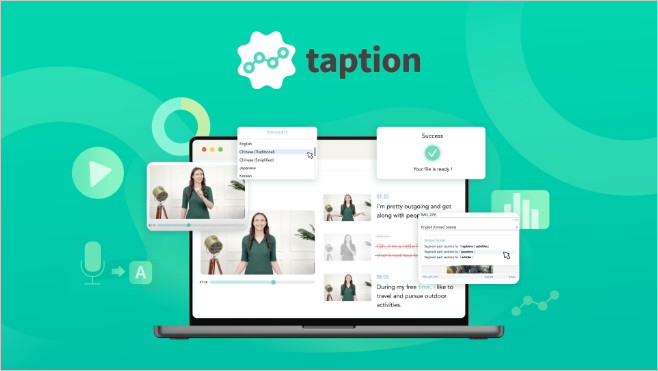Echo chambers, though widely acknowledged, often remain unnoticed in our personal lives.
Take, for example, the notion that digital media’s rise is ushering in print’s inevitable end. Perhaps not dead, but it’s certainly on life support.
It’s a perception that tends to be reinforced by stories such as The Guardian’s coverage of the closure of one of the UK’s two large-scale printers.
Stop the Press
German-backed Prinovis’ closure, first reported in November, leaves London-based rival Walstead printing nine of the UK’s top 10 magazines.
Reading such stories makes me question whether I’m right in arguing that print still has a place in the wider media landscape.
Still, looking into Prinovis’ closure reveals a slightly more interesting narrative than the “print is dying” trope.
It seems Prinovis used rotogravure printers, compared with the far more widespread web offset printers used by Walstead. I won’t pretend I understand much about the mechanical details of each, my office printer is nightmare enough, but there does seem to be a noticeable cost difference between the two technologies.
Number Crunching
Reports dating back more than two decades point to gravure being less economical than web offset, becoming cost-efficient for catalogs with 48 pages or less at print runs of 1.25-1.5 million.
We should be able to agree that print publishing is contracting. However, the pace at which it’s declining, and its long-term outlook, is another matter. For example, PwC data suggests that the print industry will dominate the revenue share of major published media sectors in the short to mid-term.
Indeed, print circulation and print advertising combined account for 80% of all industry revenues, and PwC forecasts that this will only slip to 75% by 2026.
So, what does this mean within the context of the Prinovis-Walstead narrative?
Evolve or Die
The nature of print publishing is changing, thanks to audiences’ widespread adoption of digital. The number of papers and magazines publishers can move is declining, and players who find themselves unable to change will be forced into shuttering their doors.
Established publishers now need to think in terms of smaller print runs, while new entrants have little choice but to think this way. This means the entire print supply chain needs to evolve.
This was the consensus of a new report from market consultancy Smithers, the Future of Printer Demographics to 2028, which identifies a shift towards shorter print runs amid a gradual decline in print publication numbers.
To me, this means that while print as we’ve known it may be dying, the industry is evolving into something new. This evolution means that print publishers and their supply chains need to adopt new approaches.
Content from our partners
The Grub Street Journal, a new entrant in the print space having just published its second edition, argues that newcomers need to change their mindsets. Founders Joanna Cummings and Peter Houston note that it’s not a case of print or digital but rather print and digital.
Print-focused publications still need to leverage the digital ecosystem to achieve some measure of success. This is a lesson that Alyson Shontell has proactively applied since taking over as Fortune’s editor-in-chief, investing heavily in the magazine’s digital footprint while preserving print’s role as “an important differentiator”.
Print retains significant value when accompanied by a well-defined strategy for its integration within the digital landscape.











